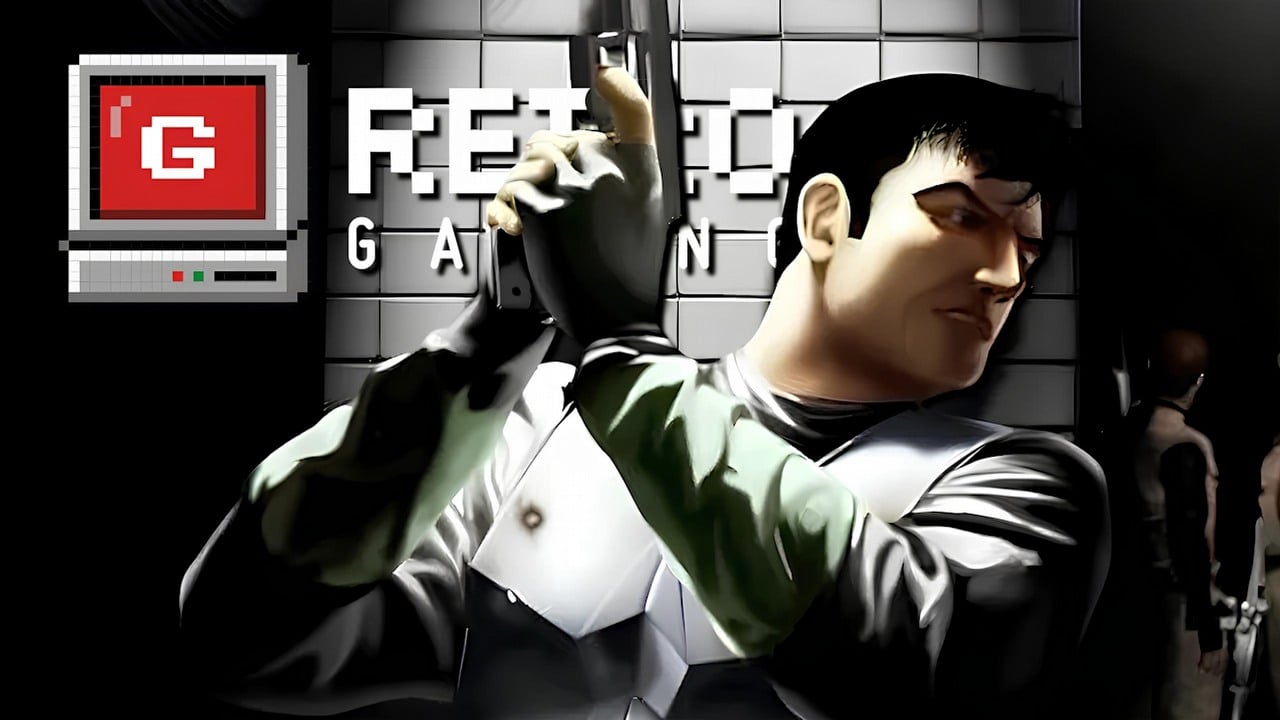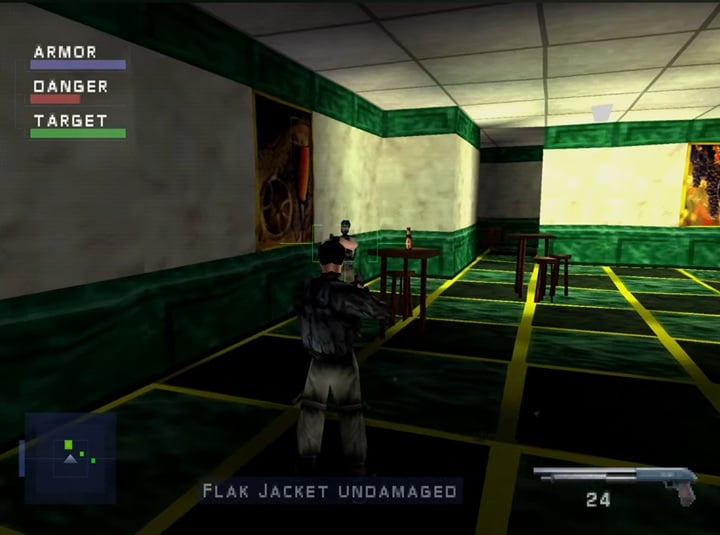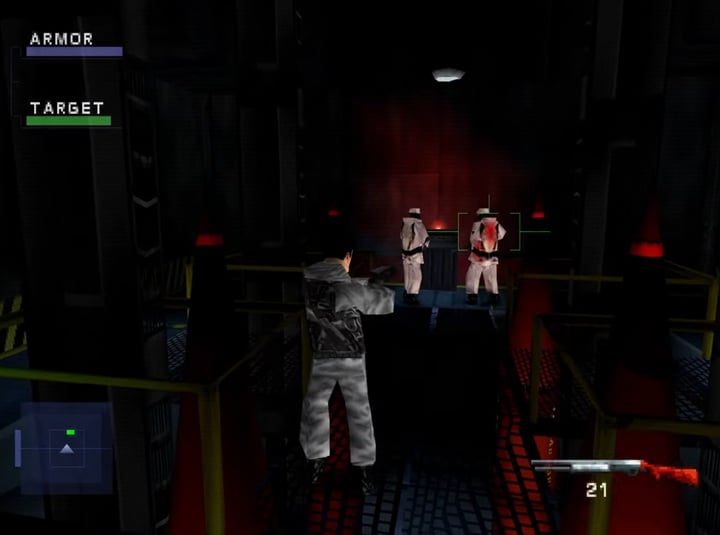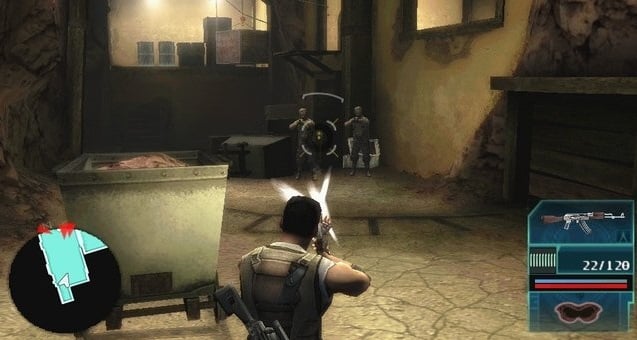
As a long-time fan of stealth games, I’ve played so many over the years, and some really stand out. You’ve got classics like Metal Gear Solid, Splinter Cell, and Thief that everyone talks about. But if you’re a real veteran like me, you probably also remember how awesome Tenchu was!
As a long-time gamer, I remember being really excited when Sony released Syphon Filter. It was made by a team called Eidetic – I’ll tell you more about them in a bit – and it blew everyone away! It became a huge series with a really dedicated fanbase, and honestly, a lot of people still consider it a classic. It’s definitely worth revisiting to see what made it so special.
Splinter Cell before Splinter Cell
Syphon Filter first came out for the original PlayStation in 1999, around the same time the popular game Metal Gear Solid was a huge hit. Although the two games shared some similarities, Syphon Filter established its own unique identity, allowing both to be successful.
The game starred Gabriel Logan, a U.S. government secret agent. He had to prevent terrorists from using a deadly chemical weapon to attack Washington, D.C., and it was our job to help him succeed.
This resulted in a long and involved experience – lasting between 10 and 13 hours, based on data from HowLongToBeat – that took us all over the world. We started in the ruins of a laboratory in Central America, and our missions led us to places like Kazakhstan, an underground bunker, ancient catacombs, and finally, Washington D.C.

Stealth
In Syphon Filter, you experience the action from a third-person perspective, giving you the freedom to look around – a relatively new feature for games at the time. Because you often faced many enemies who were unusually clever (they’d use cover, for instance), success depended heavily on playing cautiously and using stealth. This meant observing enemy patterns, learning their routes, sneaking up on them, and either eliminating them quietly or avoiding them altogether.
It was a little simpler to manage risk because of the danger indicator in the top-left corner of the screen. This showed how likely we were to be detected – moving around or using loud weapons was always dangerous, as enemies could see or hear us.

Gunplay and weapons
Despite this, players could often force their way through challenges, and the game provided a wide range of weapons to help. Logan wasn’t limited to a single silenced pistol; he could also use standard pistols, machine guns, shotguns, and explosives like grenades. Sniper rifles were effective in open spaces. Players who preferred not to kill could use a taser to disable enemies from a distance, but they needed to be careful not to use it for too long.
The game had an auto-aim feature, which might seem a bit old-fashioned now. However, it was fairly standard for console action games at the time. Players who wanted more control could switch to a first-person view for more precise aiming.
Adding to the experience were the high-tech tools the main character could use. The flashlight was particularly useful because many levels were almost completely dark. While it helped us find our way around, the flashlight also made us an easy target for enemies who could spot us from far away.

Minor stumbles
I found the really dark levels quite difficult. Because the graphics weren’t high resolution, the darkness made it hard to see what was happening on screen, which was tiring for my eyes. Also, like many action games from the original PlayStation, Syphon Filter had puzzles built into the environments. While I don’t mind those puzzles now, I remember finding them frustrating and disruptive when I first played the game as a teenager.

The success of Syphon Filter and its legacy
Syphon Filter was a hit with both critics and players. It received excellent reviews, averaging 90 out of 100 on Metacritic, and sold very well. The game spawned a series of installments for the original PlayStation, PlayStation 2, and PlayStation Portable. The last game in the series, Syphon Filter: Logan’s Shadow, came out on the PSP in 2007.
The developers of the series, originally known as Eidetic, became part of Sony in 2000 and were later renamed Bend Studio. Besides creating the Syphon Filter games, they’ve also worked on titles like Resistance: Retribution, Uncharted: Golden Abyss, and Days Gone.

How to play Syphon Filter today?
You can still play Syphon Filter on PlayStation 4 and PlayStation 5 by downloading it from the PlayStation Store for $9.99. If you prefer a physical copy, a used version for the original PlayStation (PAL region) typically costs around $19.57, though versions for other regions or in different languages might be cheaper.
Read More
- A Gucci Movie Without Lady Gaga?
- EUR KRW PREDICTION
- Nuremberg – Official Trailer
- Is Steam down? Loading too long? An error occurred? Valve has some issues with the code right now
- Kingdom Come Deliverance 2’s best side quest transformed the RPG into medieval LA Noire, and now I wish Henry could keep on solving crimes
- Adin Ross claims Megan Thee Stallion’s team used mariachi band to deliver lawsuit
- Prince William Very Cool and Normal Guy According to Eugene Levy
- BTC PREDICTION. BTC cryptocurrency
- SUI PREDICTION. SUI cryptocurrency
- The Super Mario Bros. Galaxy Movie’s Keegan-Michael Key Shares Surprise Update That Has Me Stoked
2025-11-16 02:33